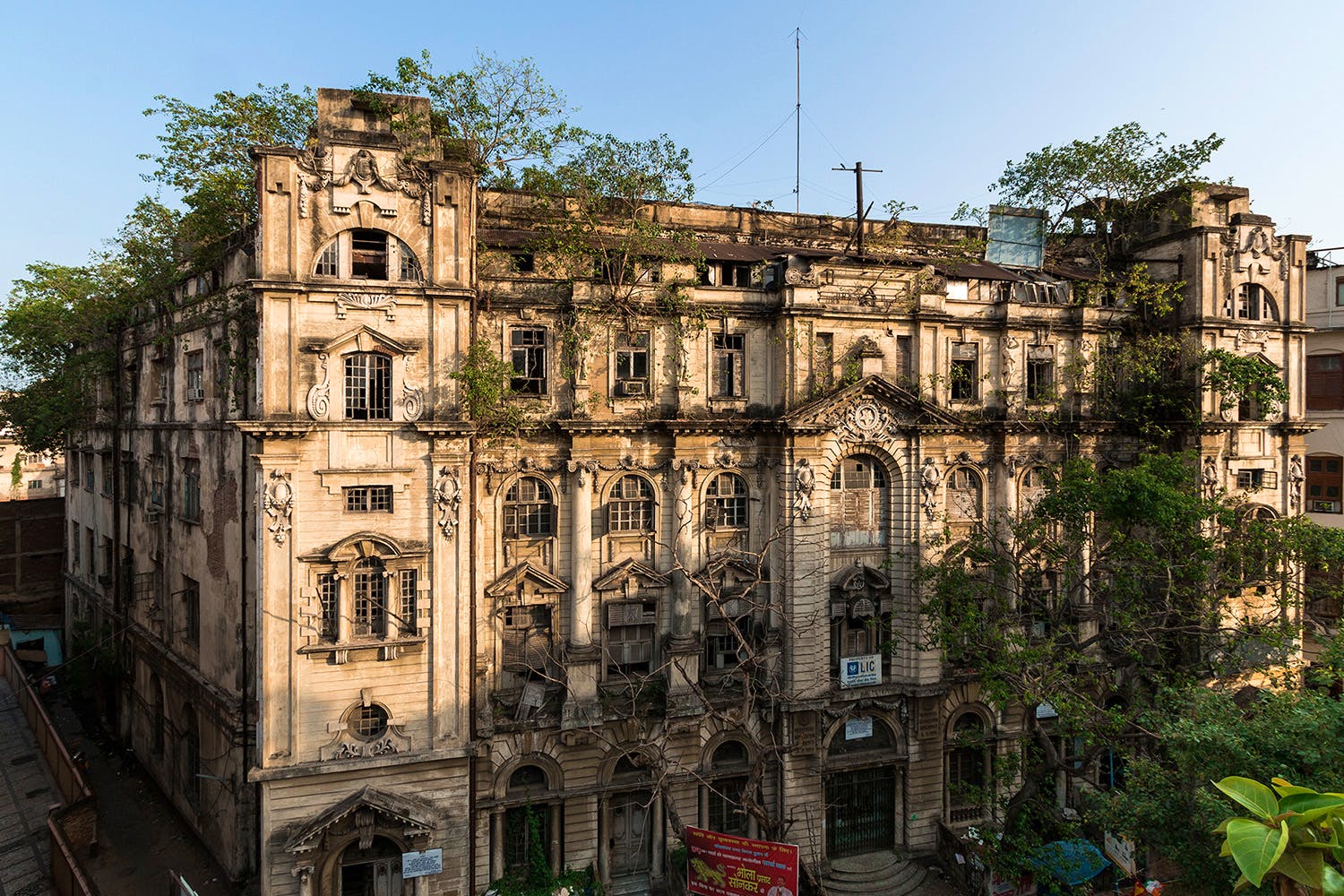With all the brouhaha about heritage thanks to the efforts of the Calcutta Heritage Collective and author Amit Chaudhuri’s CAL (Calcutta Architectural Legacies), perhaps it’s time we explore some of the most striking, least talked about and at-risk heritage buildings in our city, and photograph them before they disappear forever. The Oriental Assurance Building, near Dalhousie Square, will, in all likelihood collapse or be demolished in the next couple of years, which is a crying shame because it is utterly stunning.
Built in 1914, the Oriental Assurance Building on Dr. Rajendra Prasad Sarani (formerly Clive Street), is one of several Raj-era insurance buildings operating out of the Dalhousie Square area, some of the others being North British, Royal Insurance and the Standard Life Assurance Building. Insurance was big business back then (it still is), and insurance companies would usually construct huge buildings to serve as their headquarters in Kolkata. What makes all of these buildings unique is the use of a material called stucco.
Stucco is used in all these buildings to create extremely intricate decorative patterns on the exterior. In case of the Oriental Assurance building, the sheer amount and scale of the stucco decoration is what sets it apart. Stucco is used to create patterns of vines, leaves, flowers and fruits around windows, but the real stunners are the four giant male figures holding up the roof. Each of these figures is the height of an entire floor, and stands atop each of the four columns that divide the building’s bays. Their arms are extended upwards as if they’re holding up the roof. The arms have broken off one of the figures, and we can see there that the figures are actually hollow. In the warm evening glow, the Greek-looking, bare-bodied figures partially covered in weeds, look like they’re straight out of a Game of Thrones episode!
The building is in a precarious condition, so entering it is out of the question. For the best light, visit around 3:30 pm, enter the extremely dilapidated building on the opposite side of the road and (very politely) ask the security guard for permission to climb on the roof. He is usually very sweet.
You must also check out Gillander House. Right next door, it is a better maintained, but somewhat less stunning heritage building. On weekdays, terrific street-food can be had in this neighbourhood. The malai-toast on Lyon’s Range behind Writers’ Building is to die for!

